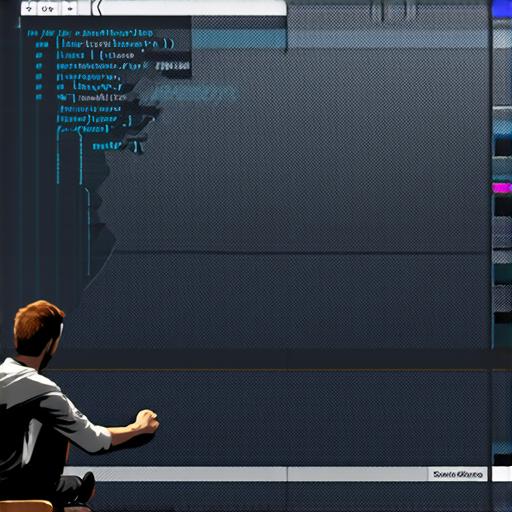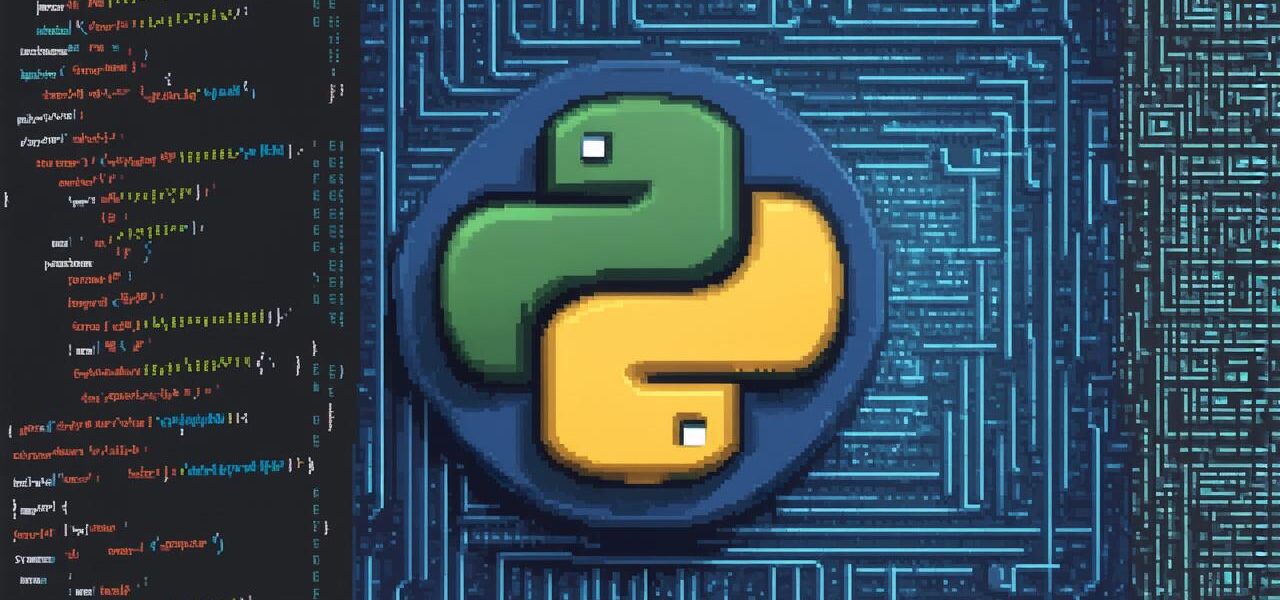Introduction
Video game development is a complex and creative process that requires a combination of technical skills and artistic vision. While there are many programming languages used in video game development, one of the most popular is Python.
Why Choose Python for Video Game Development?
Python is a high-level programming language that is widely used for scientific computing, data analysis, web development, and many other applications. It is also a popular choice for video game development due to its simplicity, readability, and versatility.
- Easy to Learn: Python has a simple syntax that is easy to learn and understand, making it a great choice for beginners.
- Large Community Support: Python has a large and active community of developers who contribute to its development and provide support to users. This means you can easily find resources and help when you need it.
- Versatile: Python can be used for a variety of tasks, including game logic, graphics rendering, and user interface development.
- Cross-Platform Compatibility: Python is compatible with a wide range of platforms, including Windows, macOS, Linux, and mobile devices. This means you can develop your game once and deploy it on multiple platforms without having to write separate codebases for each platform.
Step 1: Setting Up Your Development Environment
Before you can start coding your video game in Python, you will need to set up your development environment. The following are the steps you should follow:
- Install Python: You can download and install Python from the official website (https://www.python.org/downloads/) . Make sure to select the appropriate version for your operating system.
- Install a Text Editor: A text editor is a software application that allows you to write and edit code. Some popular text editors used by video game developers include Visual Studio Code, Sublime Text, and Atom.
- Install a Python IDE: An Integrated Development Environment (IDE) is a software application that integrates multiple development tools into one interface. It can help you write, debug, and test your code more efficiently. Some popular Python IDEs include PyCharm, Spyder, and Eclipse with the PyDev plugin.
- Install Required Libraries: There are many libraries available in Python that can be used for video game development. Some of the most commonly used libraries include PyGame, OpenGL, and Kivy. You can install these libraries using pip (Python package manager) by running the following command in your terminal or command prompt:
python
pip install

Step 2: Creating Your Game World
The next step is to create the game world, which includes the game environment, objects, and characters. This can be done using various libraries and tools, depending on your preferences. For this article, we will use PyGame, a popular library for creating 2D games in Python.
Creating the Game Environment
- Creating the Game World: The first step is to create the game environment, which includes the background, foreground, and other visual elements of the game. This can be done using the `pygame` library by creating a `Surface` object and drawing images onto it.
Creating Game Objects
- Creating Game Objects: The next step is to create game objects, such as characters, enemies, and collectibles. This can be done using various classes and functions provided by the `pygame` library. For example, to create a character object, you can use the following code:
Creating Game Logic
- Creating Game Logic: The game logic is the code that controls the behavior of the game, including player movement, enemy AI, and game state management. This can be done using various libraries and tools, depending on your preferences. For this article, we will use the `pygame` library by creating functions that handle player input, update game objects, and check for collisions.
Adding Gameplay Elements
- Adding Gameplay Elements: The final step is to add gameplay elements, such as scoring, power-ups, and sound effects. This can be done using various libraries and tools, depending on your preferences. For this article, we will use the `pygame` library by adding functions that handle scoring, power-ups, and sound effects.
Step 4: Running the Game
The final step is to run the game by creating a loop that updates the game objects, checks for transitions, and displays the game window. This can be done using the following code:
python
while True:
Handle events
for event in pygame.event.get():
if event.type pygame.QUIT:
pygame.quit()
sys.exit()
Update objects
update_objects()
Check for transitions
check_transitions()
Add gameplay elements
add_score()
handle_power_ups()
add_sound_effects()
Flip the screen
pygame.display.flip()
Conclusion
In this article, we have learned how to create a simple 2D game in Python using the Pygame library. We have covered creating the game world, adding game objects, implementing game logic, and adding gameplay elements. By following these steps, you can create your own games and customize them to your liking.




